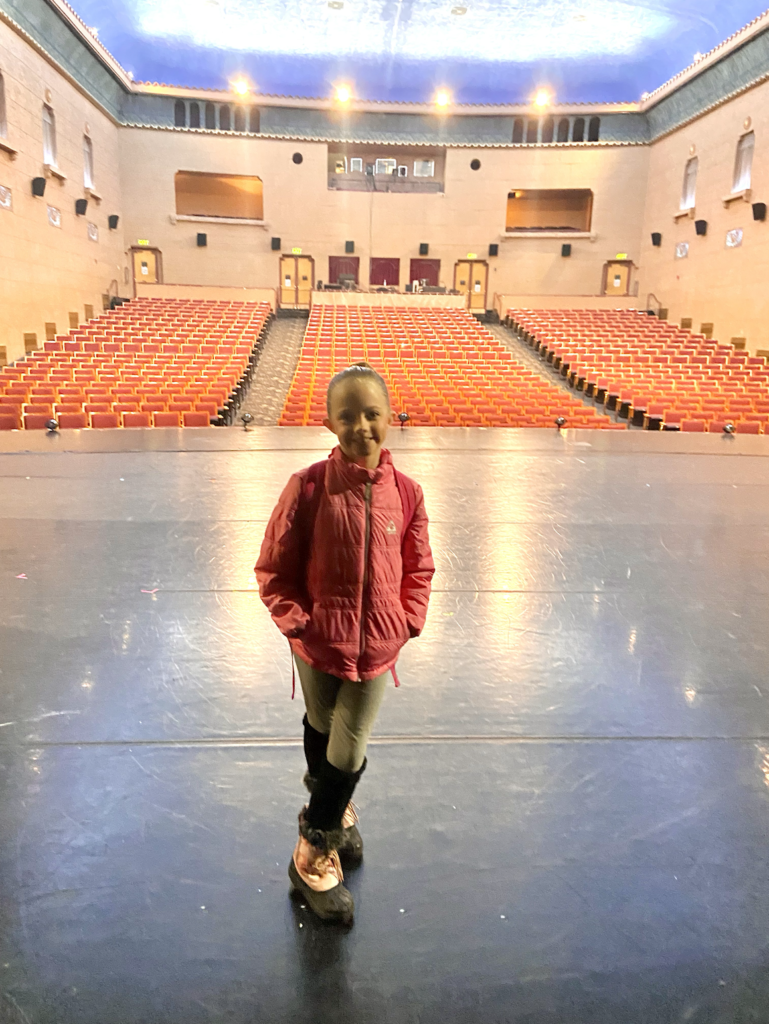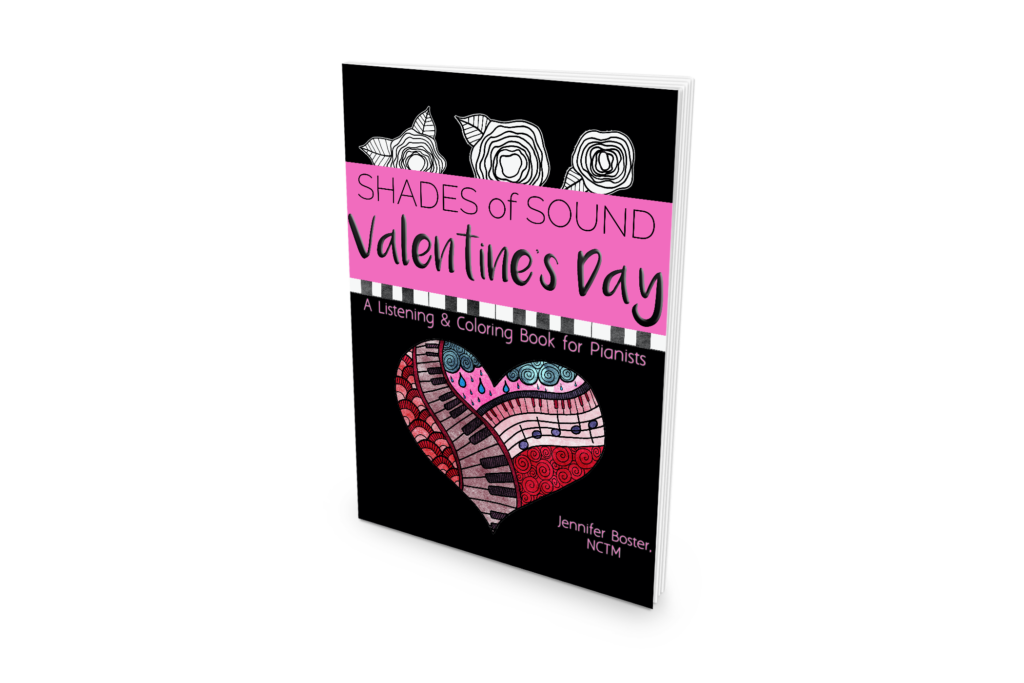
Technique Exercises for Beginners
 So, we know that technique is important for our beginning piano students. But what technique exercises are good to assign to beginners?
So, we know that technique is important for our beginning piano students. But what technique exercises are good to assign to beginners? Here are a few ideas (and I’d love to hear what exercises you use!):
Five-Finger Scales
Five finger scales are basically the first five notes of a scale; I have my students play up and back (for example, C Major is C-D-E-F-G-F-E-D-C). I always have my beginners start playing five-finger scales right away. I think these are great for many reasons:
- They are simple and the student can begin practicing them right away
- They get the student playing in many keys right away
- You can use a five-finger scale to learn all sorts of techniques, such as legato, staccato, different dynamics, etc.
- They lay a good foundation for the “real” scales the student will learn down the road
- They are a great way to practice playing with a good hand shape and to help make that a habit
So many ways to practice five-finger scales:
- Slow, hands alone to learn correct hand shape (student has time to watch each finger to make sure it is curved and the knuckle does not collapse)
- Slow, hands alone to learn high loud fingers: have them say, “up, down, relax” while lifting each finger, playing each note and relaxing the wrist. When you speed up this motion you’ll have a nice, relaxed wrist and a lovely legato passage with a nice, strong sound
- Hands together
- Legato, staccato, loud, soft – you name it
- I usually have my students play a four-octave five-finger scale, crossing hand over hand. For example, for a C Major five-finger scale, the left hand will start and play an ascending five-finger scale on a low C, then the right hand plays one on the next C, the left hand crosses over and plays one on the next C, then the right hand plays one on the next C — 4 octaves. Once you get to the top of the last one in the right hand, come back down with descending five-finger scales. Doing this in each white-note key is a great way to familiarize your student with the keyboard and with all different keys.
- I also have my beginners do four-octave arpeggios (similar to the scales described above, just using notes C-E-G), as well as block chords (play a C chord on each of the four octaves, going up and back).
- You can also use the metronome to help the student acquire speed and evenness
You can assign a different scale per week (or however long it takes them to learn each one) until they have learned all of them (C, G, F, D, A, E, B).
Technique Books
Most of the piano methods these days come with a Technique Book that coordinates with the concepts being taught and pieces being learned. These are such a wonderful resource. Just make sure to teach and show your student the correct technique in each exercise, so they’re not just playing the notes and passing them off.
Junior Hanon
Good old Hanon. Have you seen this version of it? It is great because it has many of the same exercises, but they only go up half as high (not as many ledger line notes) and are in bigger print (easier to read). Although your beginners may not know every note yet, they should be able to play these because they are repeated patterns, just like the original Hanon book.
What are your favorite exercises to assign to your beginners?

 Previous Post
Previous Post Next Post
Next Post


















I also do five finger scales. It's awesome because they are learning the key signatures without doing all that wwhwwwh stuff. They just learn it by sight and ear first. I don't start Fingerpower right off, but I like this book for the beginner.
Those are great technical exercises. Your posts have really helped me to remember a lot of stuff we learned in pedagogy, as well as offering some new ideas. Thanks!
Anyone have tips on making technical exercises more fun for the student? My very young ones in particular need that.
Thanks for the great ideas! I never took a piano pedagogy class so these are very helpful!!
I have my students do 5-finger scales in all 12 keys, and eventually minor as well as major. They also finish each scale with an up-and-down broken triad and then a blocked triad, so they are learning major and minor triads at the same time. Obviously it takes a few months to work up to all of that, but they can do it.
Even though the Hanon exercises don't seem to be as widely revered as they once were, I still like to teach some of them. However, I find it is easier to have the students learn and memorize the patterns by ear.
I could never understand how some students would practice their Hanon with their noses buried in the score the whole time. It's not an exercise in sight-reading. I think it's easier to just commit the pattern to memory and dispense with the printed music all together.